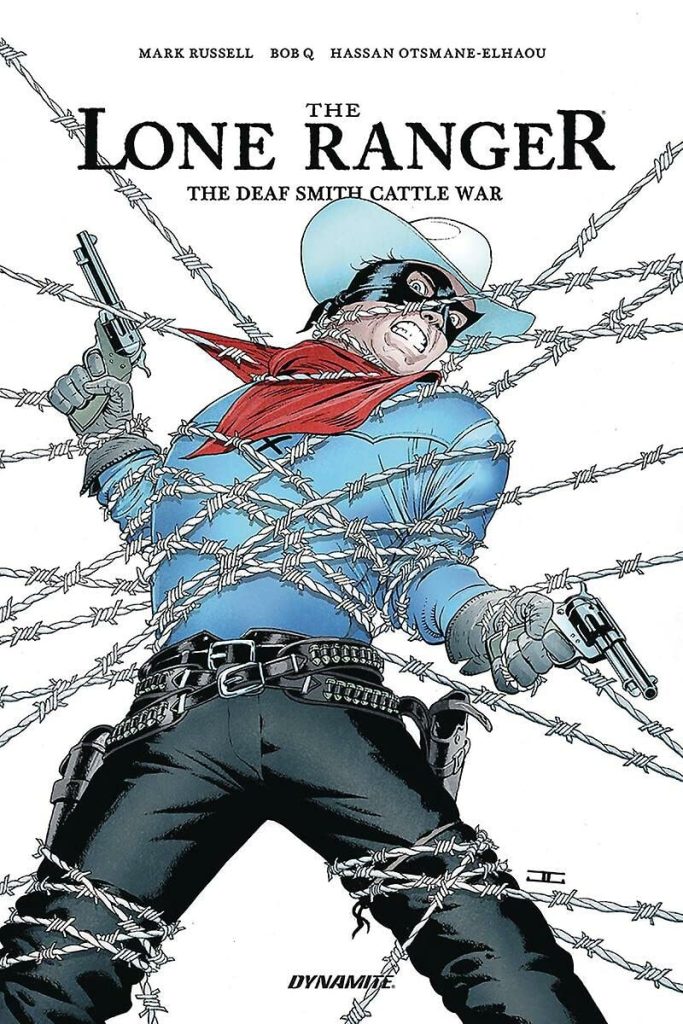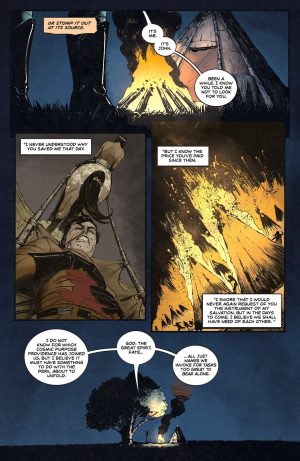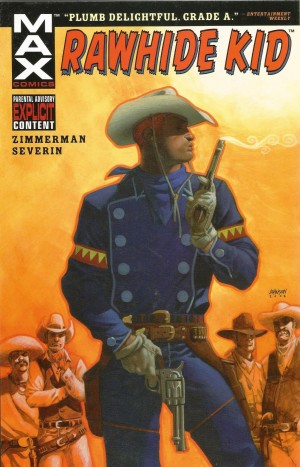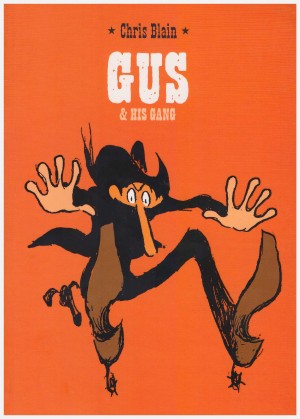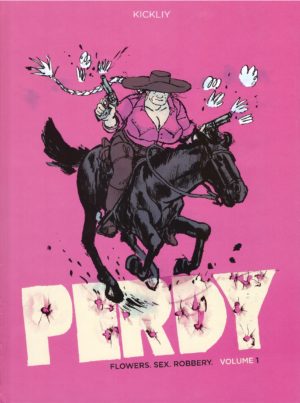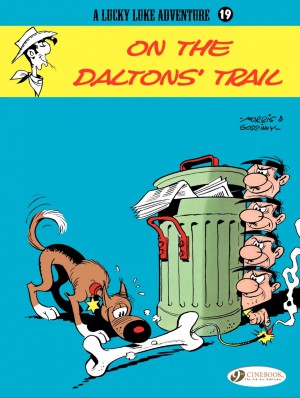Review by Frank Plowright
Mark Russell is in no great hurry to introduce the classic Western character himself to The Devil’s Rope, as much of the opening chapter concerns a bunch of corrupt politicians and landowners conniving to deprive smaller farmers of their land. When he does appear, the Lone Ranger deals out some justice, but realises what he’s overheard won’t be sorted out by one man with a gun, no matter how determined and capable, which means having to heal some wounds with former friend Tonto.
While Russell’s fat cats are a caricatured lot, they provide a villainous presence only their fellow plutocrats could love. Whether period settings or otherwise, most of Russell’s projects reflect today’s world, and they’re the means, loudly emphasising progress and riches while neglecting to mention the riches are for the few and human suffering being the cost. The Lone Ranger can see through that, but in the 19th century as now, those making the laws tend to benefit from them, and his methods are doomed to failure.
Tonto’s troublesome subservient depiction in historical Lone Ranger material has been addressed in material published by Dynamite, and Russell takes that a step further by providing a background bolstering a revised capable presence. It’s Tonto who points the path forward.
Although there are satirical aspects, as provided by Russell The Devil’s Rope is more or less a traditional Western, albeit one with some unconventional solutions and personalities. As interpreted by artist Bob Q, though, any subtlety is discarded. His cartooning is of gurning, cringing, and strident people, always exaggerated, and undermining the salient points. The Lone Ranger remains on the side of right, but as drawn here, insufferably smug.
Russell’s ideas are good enough to survive the art, but The Devil’s Rope falls between two stools. It’ll have most of the declining audience for Westerns raging, and readers who’ll have time for a foppish cannibal villain won’t pick this up in the first place.
